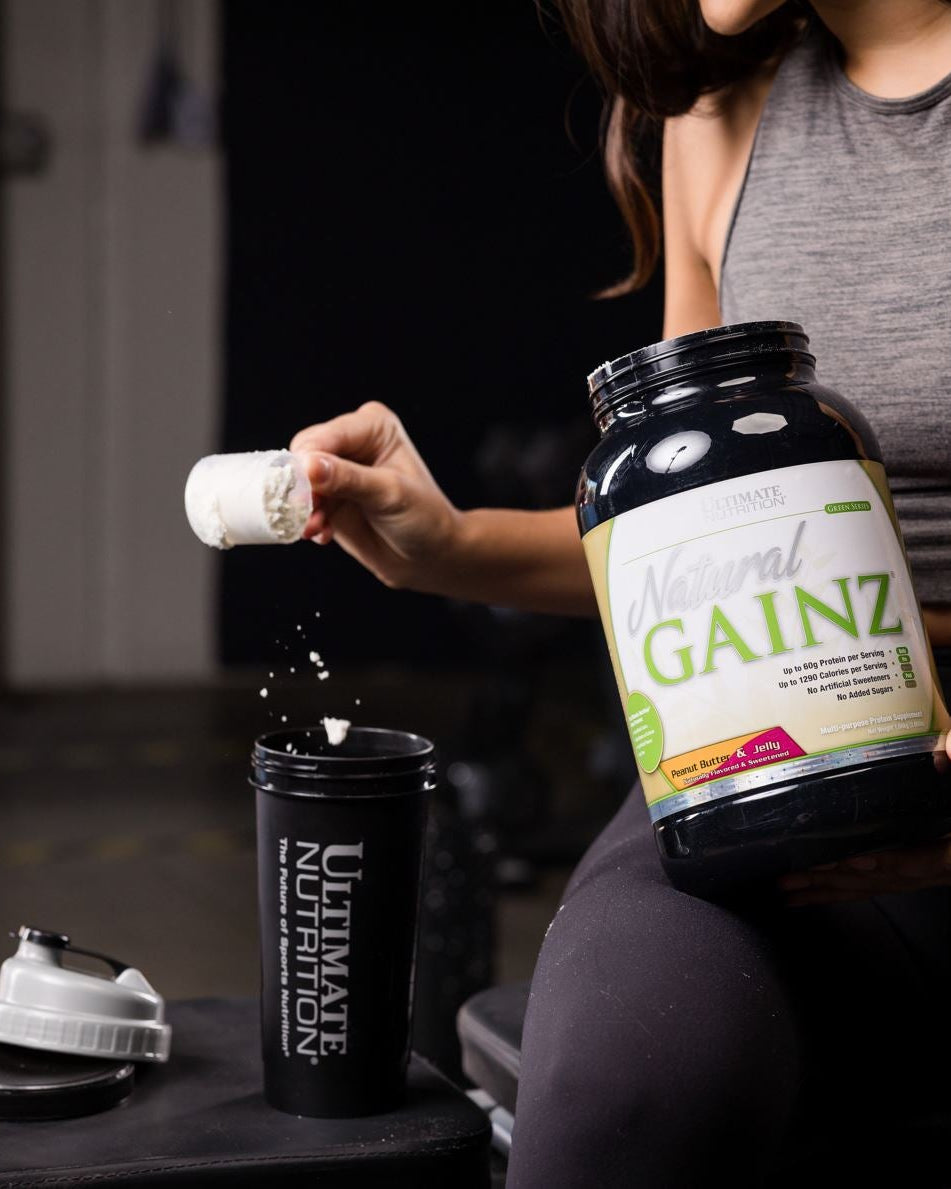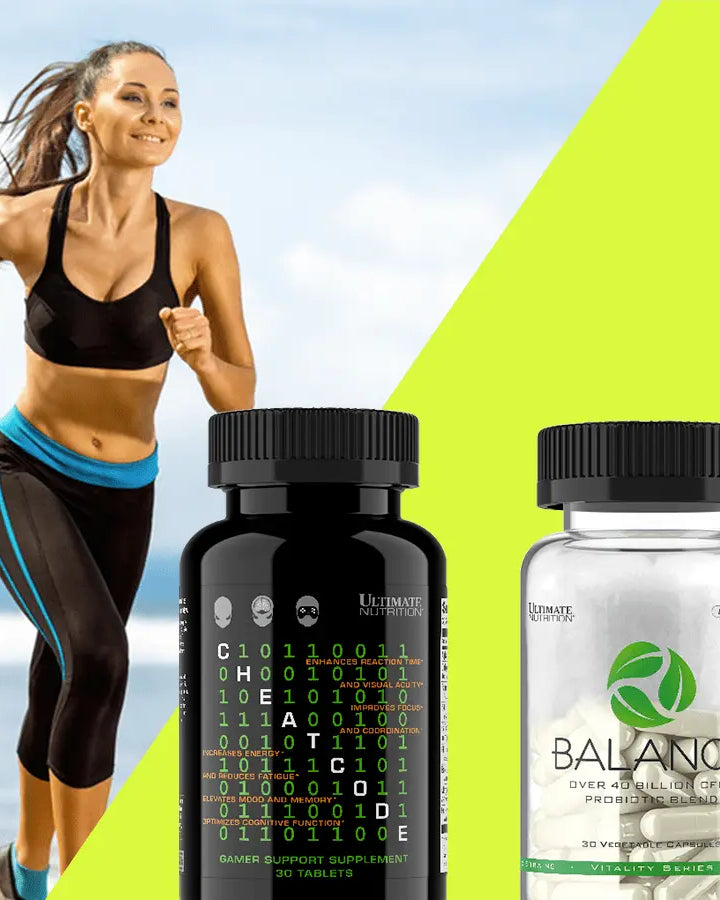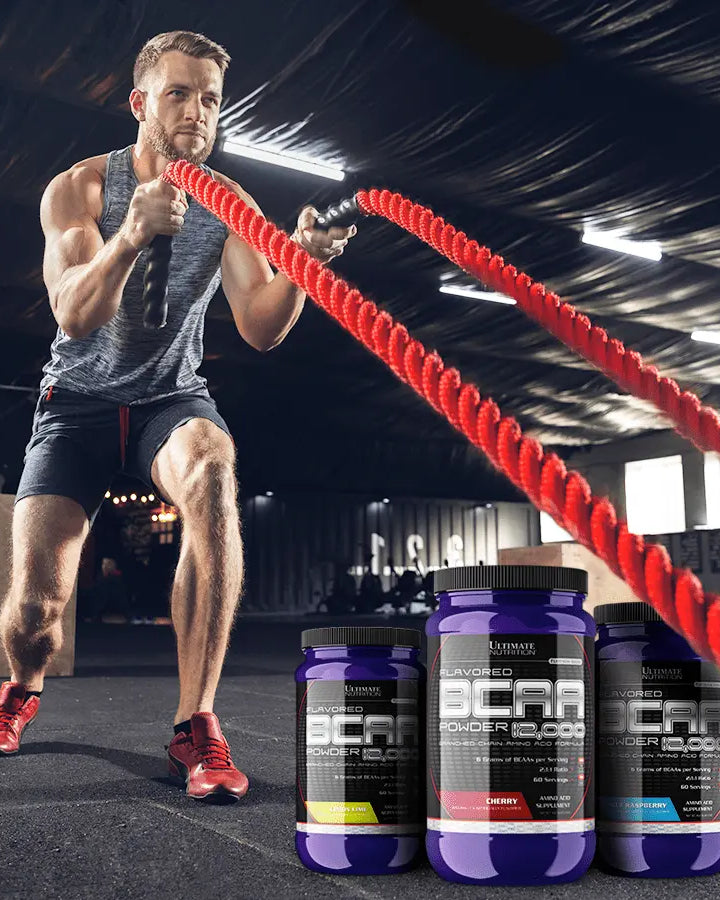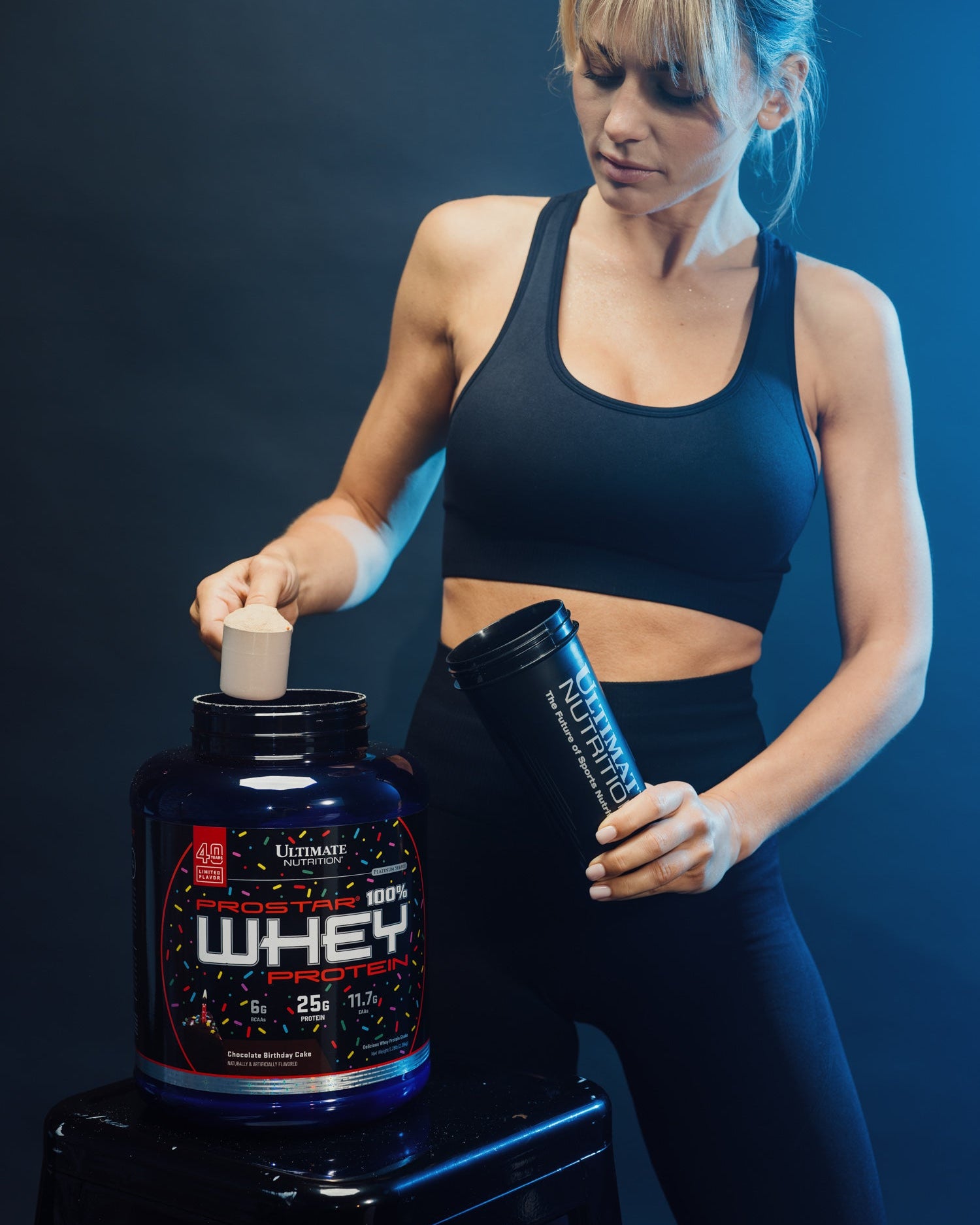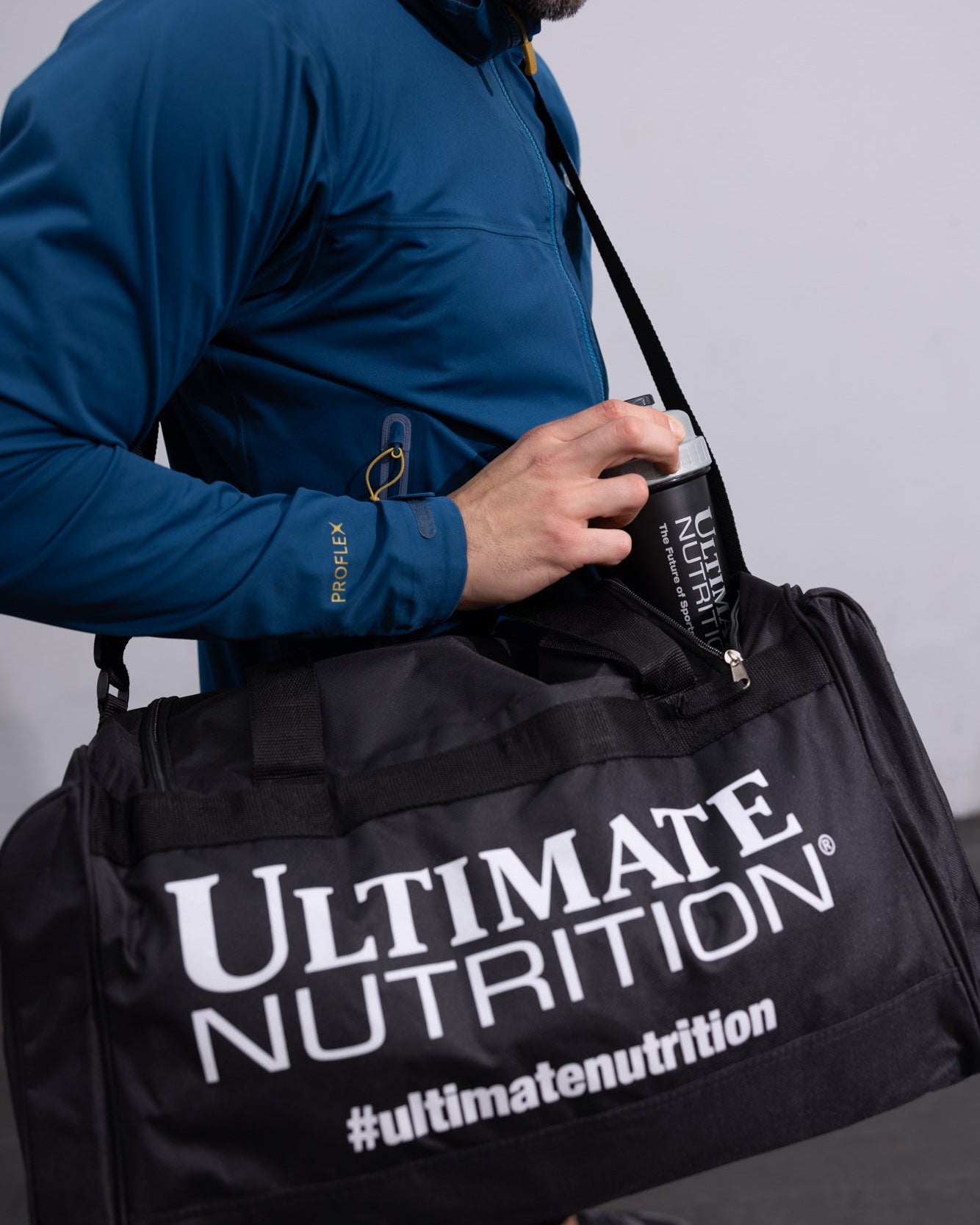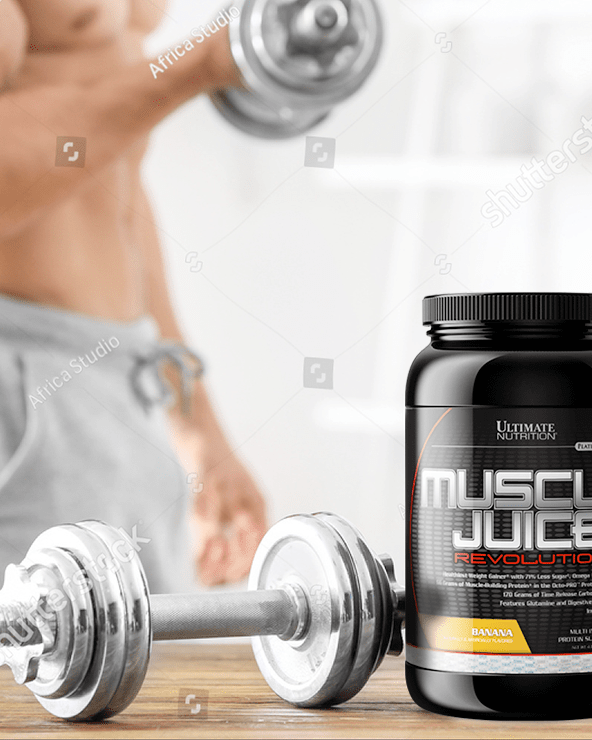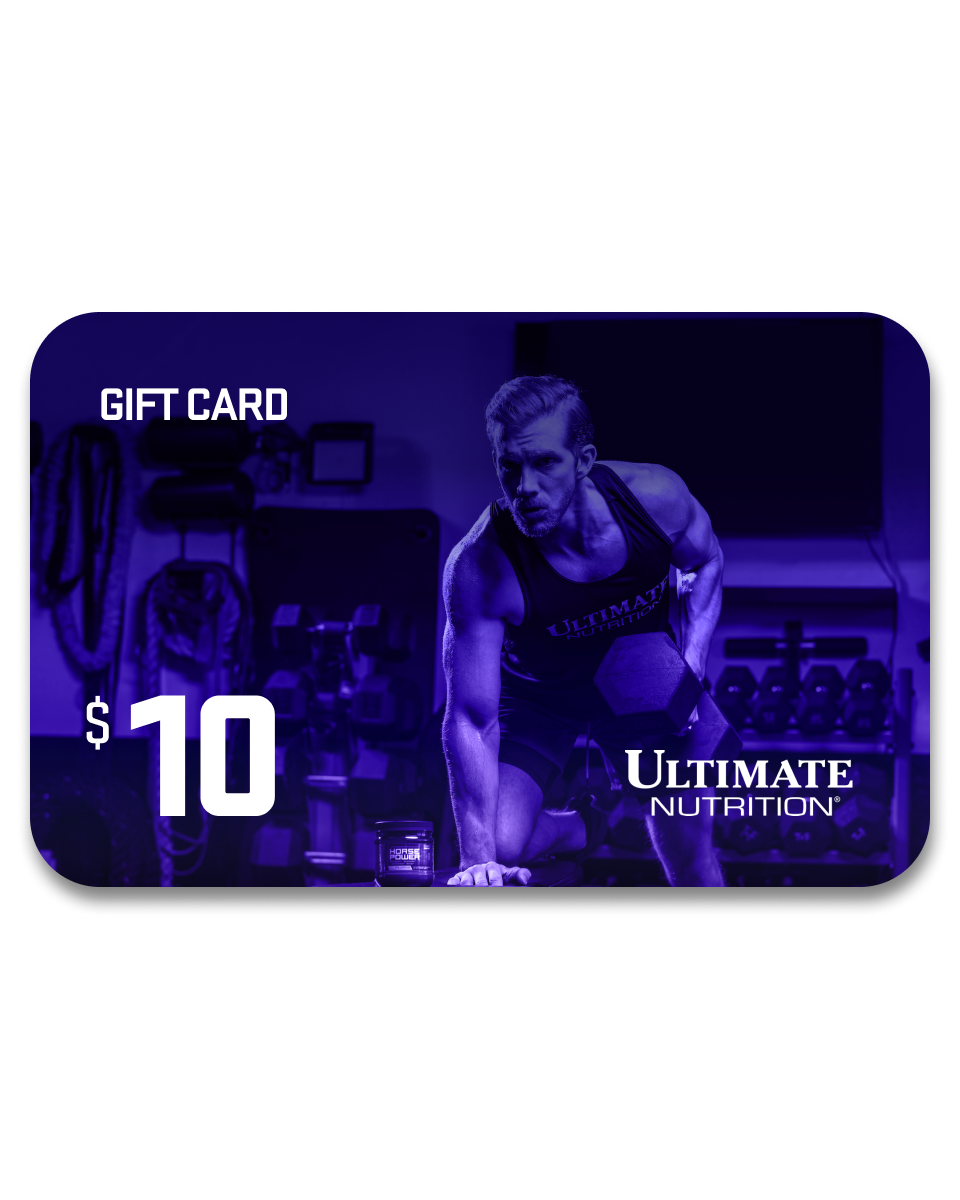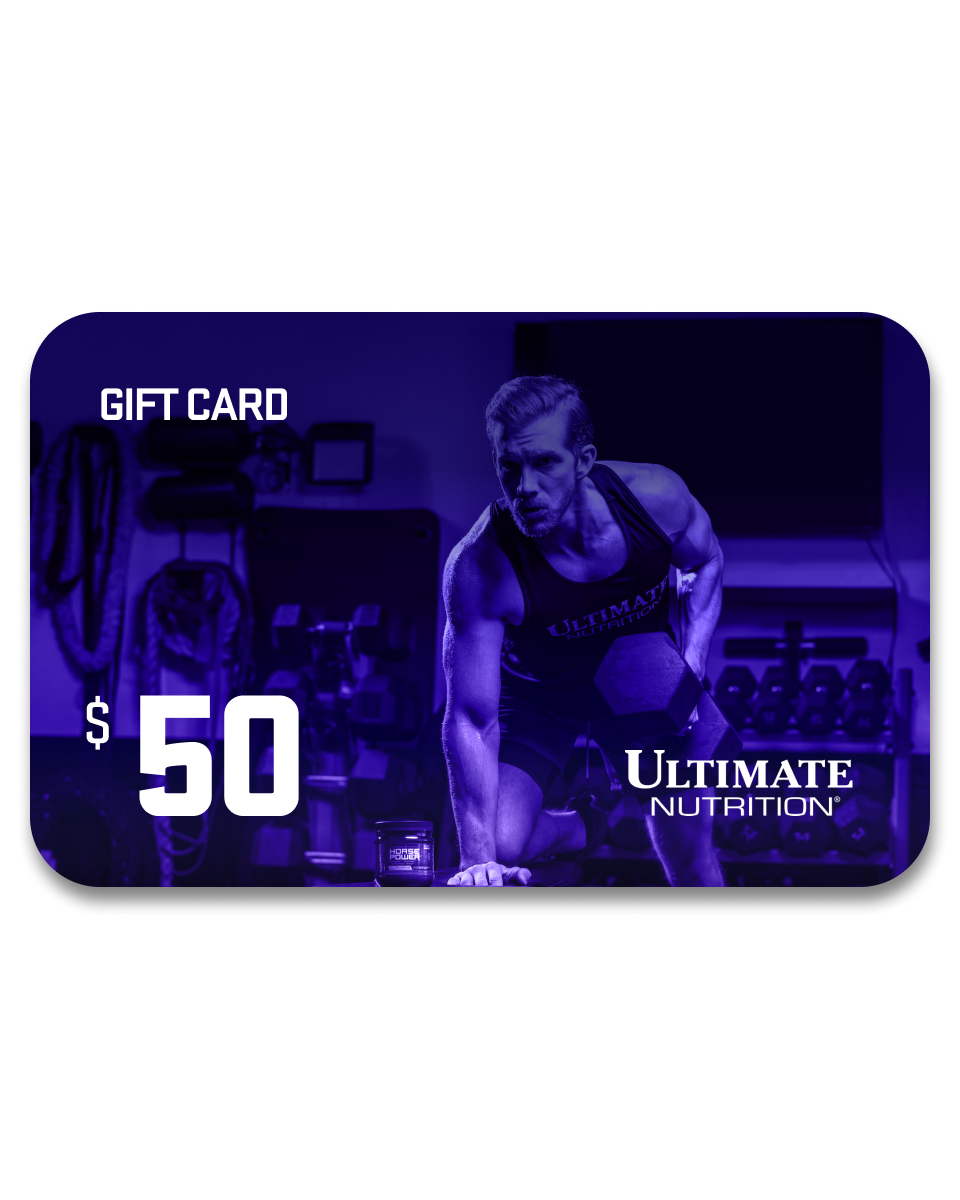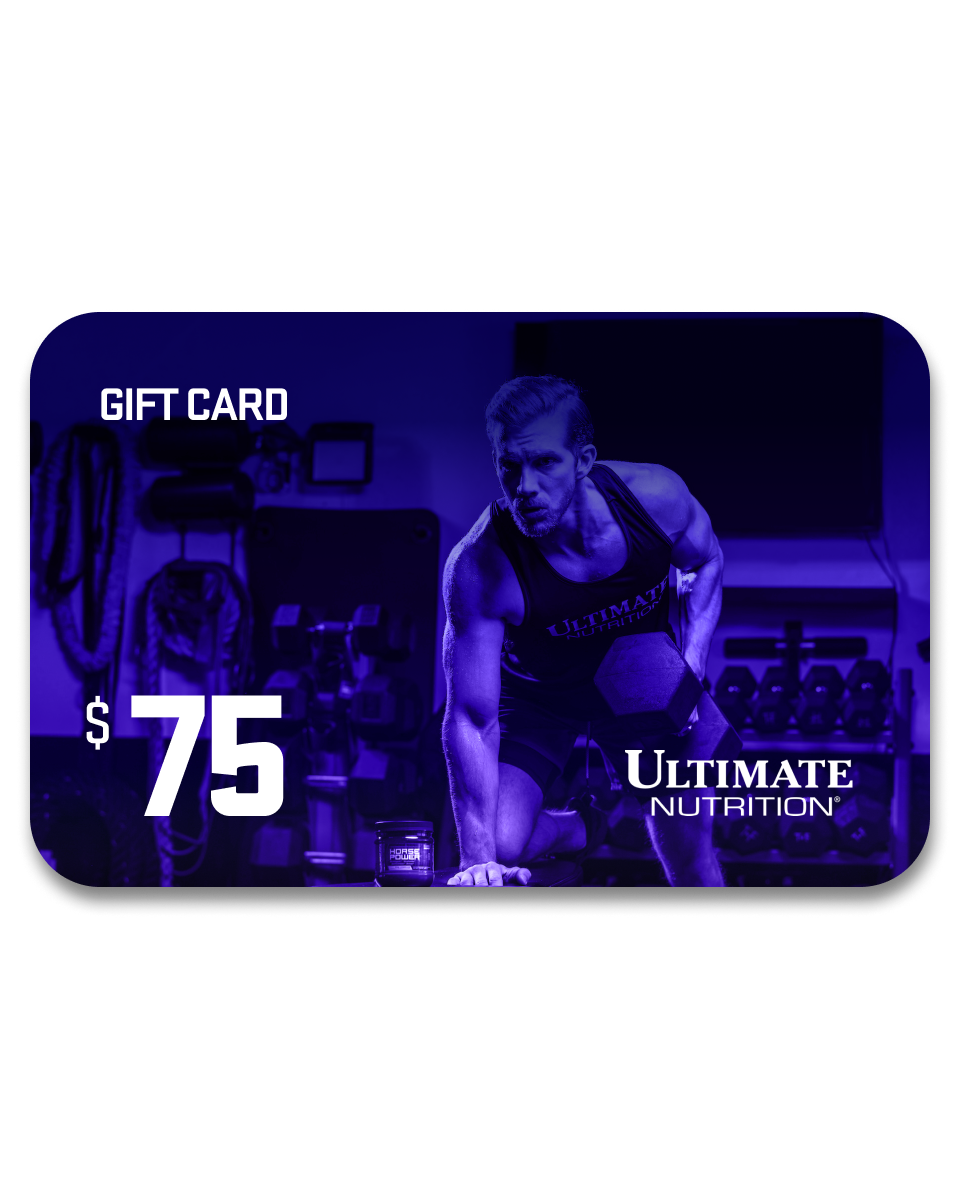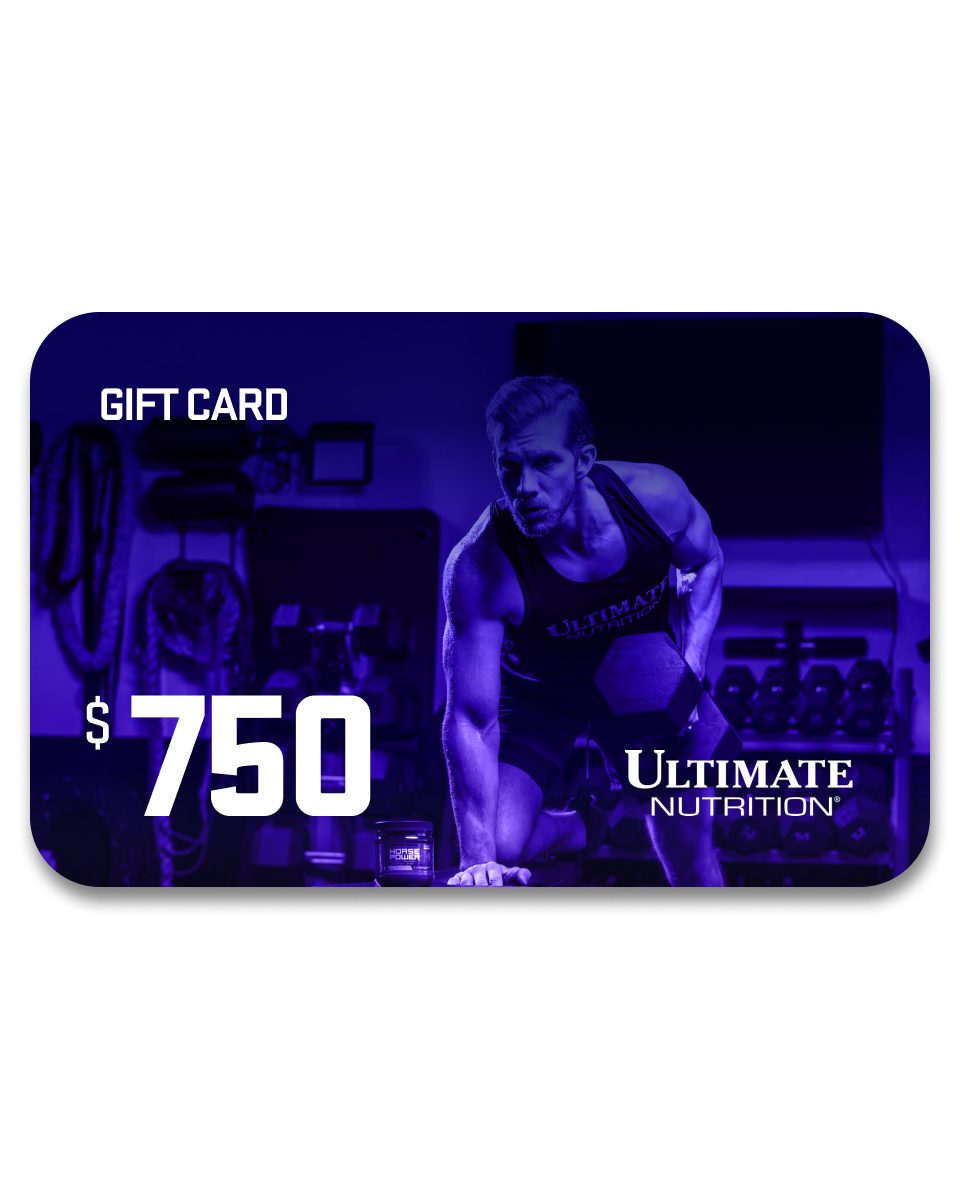Who doesn't love ice cream? This sweet treat stays popular year-round, even when the weather starts to turn cold, but the summer months are usually when the cravings really start to set in.
While a little ice cream won't hurt you in moderation, it's a dangerous temptation to keep in large quantities within easy reach in the freezer. The main problem is that it's packed with saturated fat and sugar, and every spoonful packs a very high caloric cost. Just half a cup of plain vanilla ice cream comes at a cost of 100 calories, and that's before you start adding candy and cookie bits to the mix.
Some amount of saturated fat is desirable and even healthy each day, but given how densely it is packed into ice cream, it's easy to quickly blow past the 5-6 percent amount recommended by the American Heart Association. The high refined sugar content in ice cream is an even bigger problem, however. Refined sugar is always a net negative in terms of nutrition and is also toxic to your body, especially when there is no dietary fiber present to help slow down the metabolization of it.
Add in the fact that most brands are still using milk treated with rBST or rBGH hormones (particularly the inexpensive ones that are most commonly on store shelves), and you've got something of a minor health disaster on your hands. Knowing all that really won't do anything to make ice cream cravings go away, however.
So what can you do? How about making your own DIY ice cream that mimics the taste and texture but cuts down the saturated fat and sugar while also adding some healthy fiber to the mix!
Ice Cream Without Guilt (Or Churning)
Making ice cream from scratch usually involves churning milk, cream, sugar and eggs together. That's a little too much trouble just for a sweet snack, and it's also a recipe that going to put you in the same health predicament that the stuff in cartons on store shelves does.
Instead, there's a much faster, easier and healthier method of making an ice cream substitute. It won't have exactly the taste or texture of regular store-bought ice cream, but it's close enough to hit the spot when cravings flare up. It's also one of those things that grows on you over time, sometimes to the point that you end up preferring it to the super-sugary stuff sold at the store.
Tools of the Trade
As far as kitchen items go, you'll simply need a good blender or food processor. A blender with a "chop" setting will give you the best texture. It's actually not completely necessary to freeze this concoction, although it's best to do so to get a more pleasing and ice cream-like mouthfeel.
Ingredients
First on the shopping list is a nice creamy base to replace the heavy cream that would be the foundation of normal ice cream. The simplest option is to use straight Greek yogurt for the entire thing at a ratio of one cup per serving. Not everyone cares for the taste and texture of Greek yogurt, however, and if you fall into that camp you can try half a cup of regular vanilla yogurt mixed with half a cup of either ricotta or cottage cheese. Either way, this gives your ice cream substitute a nice boost of complete protein along with the healthful probiotics found in yogurt that support the digestive system. Just watch out for sweeteners when buying the yogurt, avoiding excessive sugar or artificial sweeteners that can potentially be harmful.
That brings us to the subject of how to sweeten this treat. Zero-calorie sweeteners might seem like the obvious and immediate solution, but these pack their own potential risks. A natural sweetener used in moderation is likely a better option. Of all the available sweeteners, there is evidence that maple syrup may have less of an extreme impact on blood sugar levels than other types. Of course, this is also one of the priciest sweeteners, as you'll need the real stuff to see this benefit; the cheaper maple syrup substitutes consists mostly of high fructose corn syrup.
Ultimately, the best way to sweeten the pot is to let fruit sugar carry the day as much as possible. The added dietary fiber from the fruit helps tremendously in controlling blood sugar spikes, as it slows down digestion. Blackberries, blueberries, and mango are good choices, as they are high in fiber. Throwing a banana in is also a great choice, as it not only provides flavor and fiber, but also makes the final product more thick and creamy.
Simply add a cup of your Greek yogurt or plain yogurt / cheese mix to the blender along with your desired levels of sweetener and fruit content, one sliced banana and one tablespoon of vanilla. Combine thoroughly using the "chop" setting, then freeze until ready to eat. We prefer freezing them in popsicle holders for a fun summer treat!
If you've chosen to take a pass on artificial sweeteners, it's impossible to make sweet treats without some form of natural sugar. The only major issues with sugar are the empty calories it packs on and the blood sugar spikes it causes, however. Portion control and combining the sugar with a good dose of fiber (a balance already found naturally in many types of fruit) is the ticket to being able to enjoy a sweet treat here and there without doing any damage to your health.

